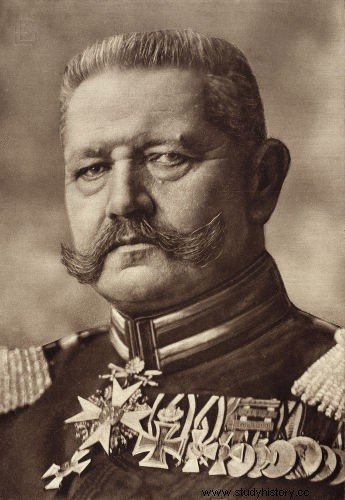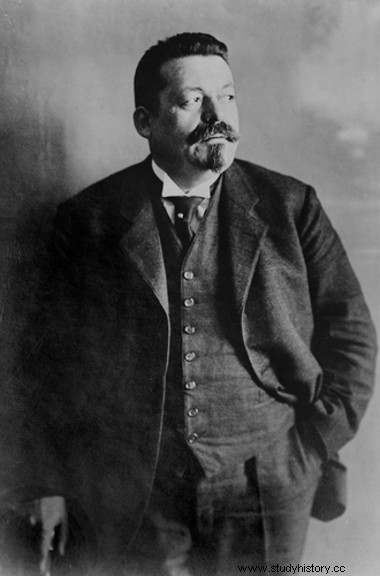
By Me. Cláudio Fernandes
It is well known that the great economic and military power that stood out at the beginning of the First World War (1914-1918), by virtue of its modern, agile and destructive army, was the German Empire . However, it is also known that this same power ended up being defeated and humiliated by the victorious countries, at the end of the war, with the series of sanctions imposed on it with the Treaty of Versailles . Well, the German Empire, after 1918, collapsed. In its place, a new form of government was created, whose mission was not only economic recovery, but also the recovery of the prestige of the German people. This government took the republican form and became known as the Weimar Republic , lasting from 1919 to 1934.
The history of the Weimar Republic began with the realization of a constituent assembly in the city of Weimar, Germany, which began on February 6, 1919. Among the decisions agreed in the Weimar Constitution was the definition of the functioning of the republic. The model would be bicameral, that is, it would have two legislative houses, the Reichstag (the Parliament) and the Reichsrat (the Assembly). There would also be two heads of the republic, a head of government, the Chancellor, responsible for the general administration, and the head of state, the president , responsible for matters of state:such as diplomacy, armed forces, etc.
The first president-elect was Friedrich Ebert , social democratic politician linked to the German socialist tradition. Even before Ebert began his government, at the very moment when the Republic was being assembled, Germany went through a political turmoil provoked by the Spartaquist revolt , or German Revolution (1918-1919), a radical communist uprising led by personalities such as Rosa Luxemburg , which intended to carry out in Germany what the Bolsheviks had done in Russia – albeit with other methods. However, the Spartacist uprising, which used this name as a reference to the revolt of Roman gladiators commanded by Spartacus, was defeated and the republic continued on its way.

Friedrich Ebert was the first elected president of the Weimar Republic
However, the difficulties were enormous, and the animosity between rival political groups was tremendous. It was at this time that the German communists achieved enormous political projection, while also nationalist movements, coming from the socialist tradition, began to gain prominence, as was the case of the National Socialist German Workers' Party , the NAZI , which gave rise to the Nazi movement , which would be articulated by Adolf Hitler from 1921.
From 1923 onwards, the German economy still experienced a period of relative stability with Chancellor Gustav Stresemann ahead of the administration. This relative control continued with Chancellor Heinrich Brüning . However, in 1925, President Ebert died, and the newly elected to the office was the war heroMarshal von Hindenburg , who was re-elected in 1931. Hindenburg and his first chancellor, Franz von Papen , failed to maintain the previous economic stability, mainly due to the New York Stock Exchange Crash , in 1929, and the resulting international financial collapse.
This situation led to the political rise of the Nazi party, which promised to break with all the sanctions imposed by the Treaty of Versailles, the remilitarization of Germany and the recovery of the former prestige of the Reich . The social prestige that Hitler had in the early 1930s made Hindenburg appoint him chancellor in place of Papen. With the death of the President Marshal in 1934, Hitler also took over the powers of head of state, becoming master of Germany's armed forces and leading the country into the meshes of the Third Reich's totalitarianism, putting an end to the Weimar Republic, a fact which culminated in World War II .
